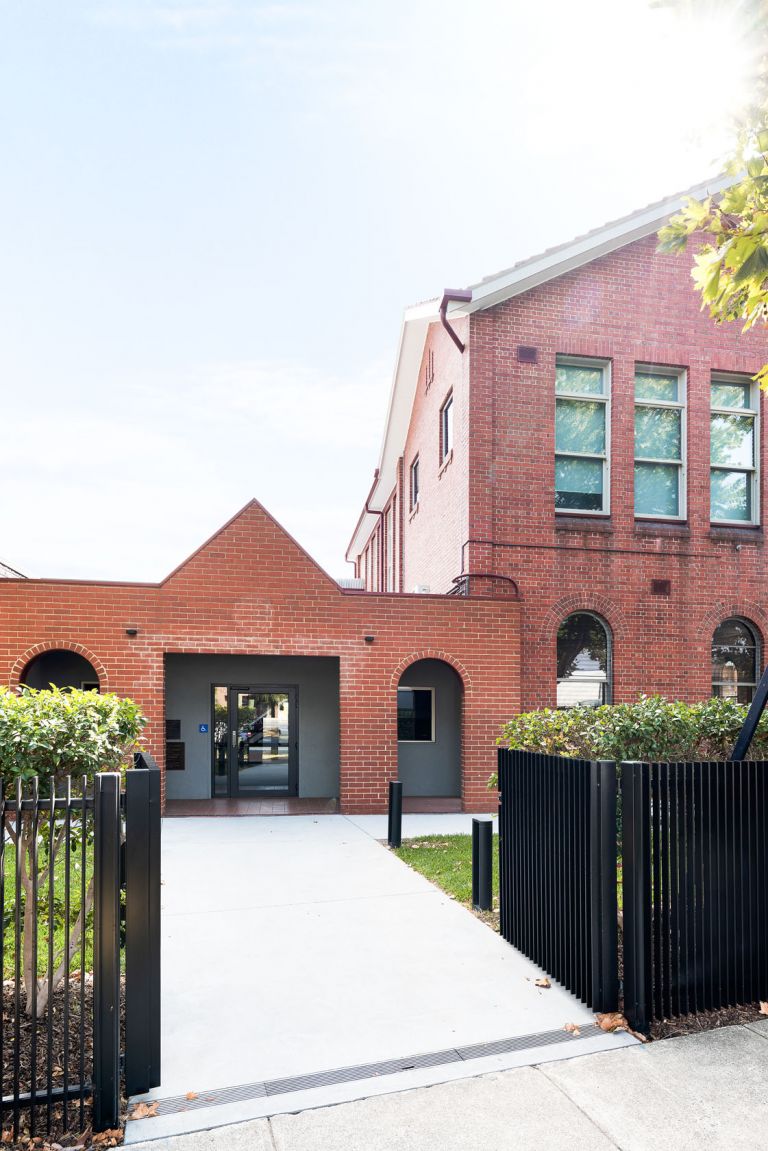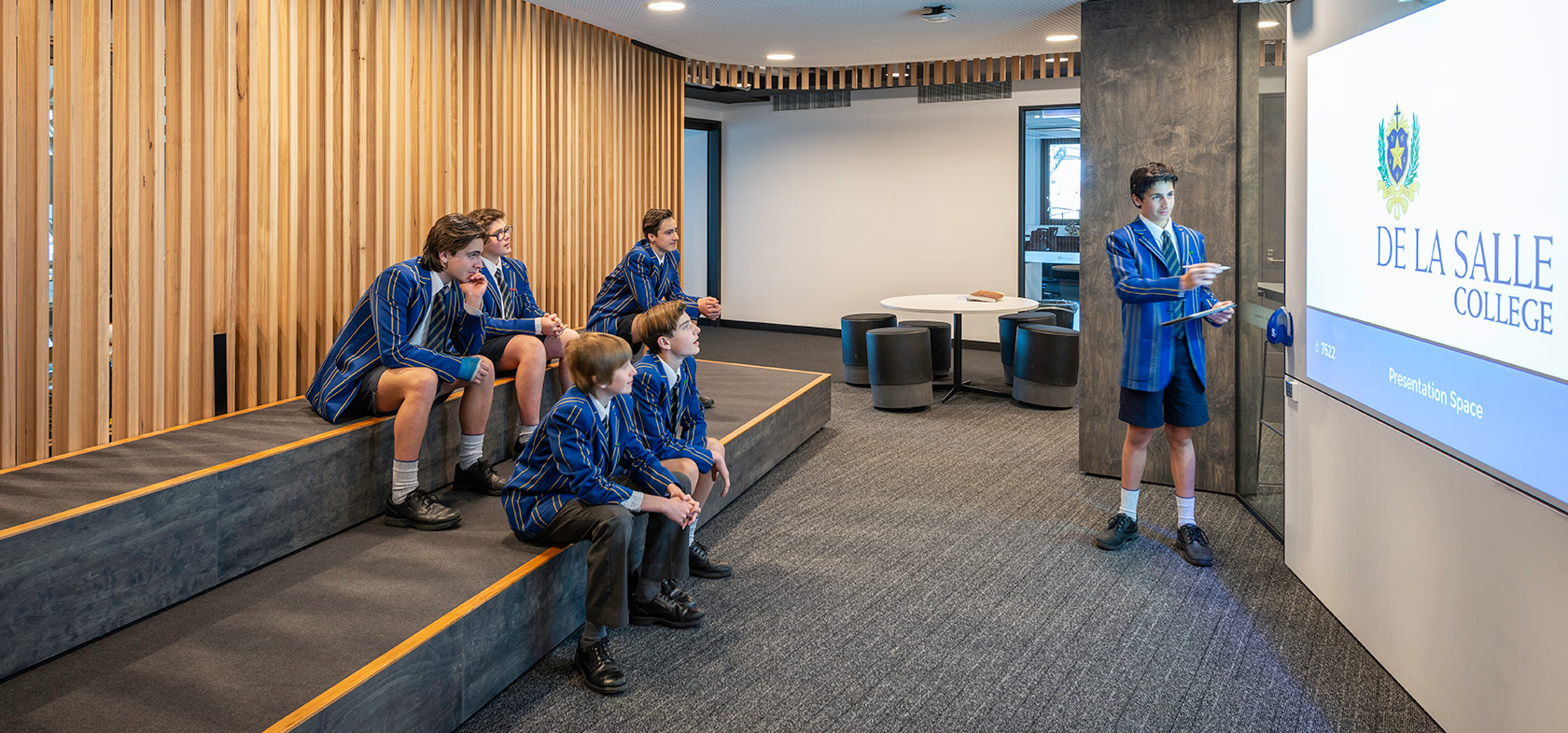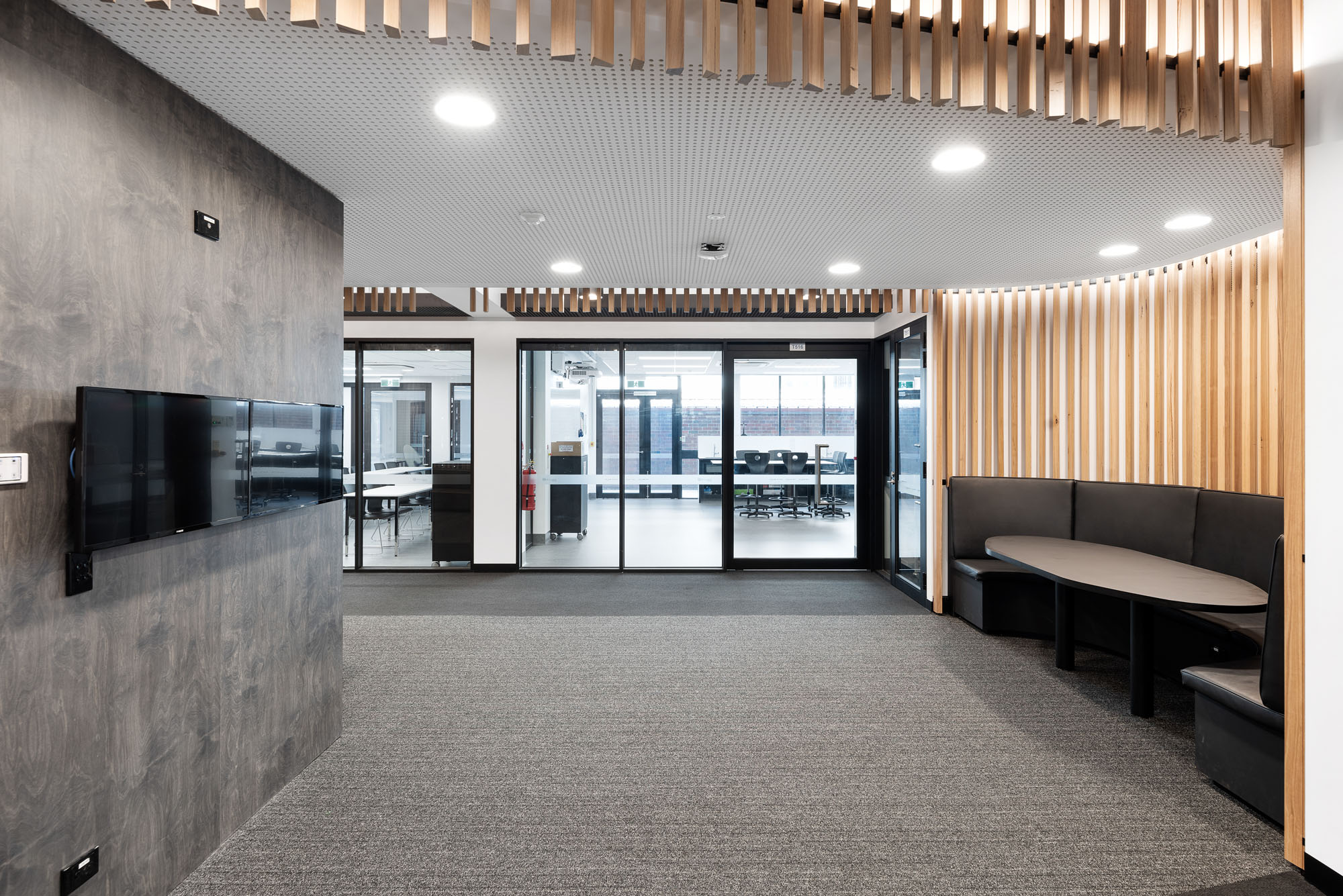-
Location
1312-1326 High Street, Malvern
-
Completed
June 2018
-
Architect
Hayball Architects
-
Area
720sqm
-
Type
Refurbishment
-
Delivery Type
Construction Management
-
Duration
5 months
-
Value
$1M - $3M
A space to develop STEM skills
The redevelopment of the Science and Technology Centre at Melbourne’s De La Salle Catholic College for boys is designed to maximise student engagement through dynamic learning environments. Located at the college’s Tiverton campus in Malvern, the centre inspires students to develop their STEM skills for future success.
Designed by renowned architecture firm Hayball and built by our skilled construction team, the innovative hub provides students with an enhanced learning experience as they engage with the flexible working spaces.

Flexible and functional learning environments
Previously dark and impractical, the existing layout of the building consisted of small closed rooms that hindered fluid teaching, working, and learning.
Teachers now have a space reminiscent of a contemporary pedagogy that brings functionality to the forefront. The core of the design maximises productive interactions between students by utilising flexible spaces. Mobile workstations allow for reconfiguration in the labs, while adjacent classrooms are designed to drive theoretical learning.
At the heart of the teaching hub sits a central area fit for whole-group presentations and demonstrations. In addition, the classrooms surrounding the central area are fit with glass, allowing for clear visual engagement.
The entire space harmoniously facilitates modern and evolving learning methods for teachers and students to continually adapt to and transform.


Bringing the outside in
The existing façade was punched with large openings to bring the outside in – filling the space with natural light and creating a welcoming teaching and learning environment.
To further enhance the student experience, the space was designed to facilitate inside-outside learning. Large windows open to cantilevered stainless steel benches outside, allowing for classes to continue externally.
By combining varied outdoor environments with indoor classrooms, the workspaces play an important role in a student’s social and emotional development. The ability to move through free-flowing spaces allows teachers to create dynamic lesson plans to best enhance the learning experience.
Related Projects

De La Salle - Holy Eucharist Campus



